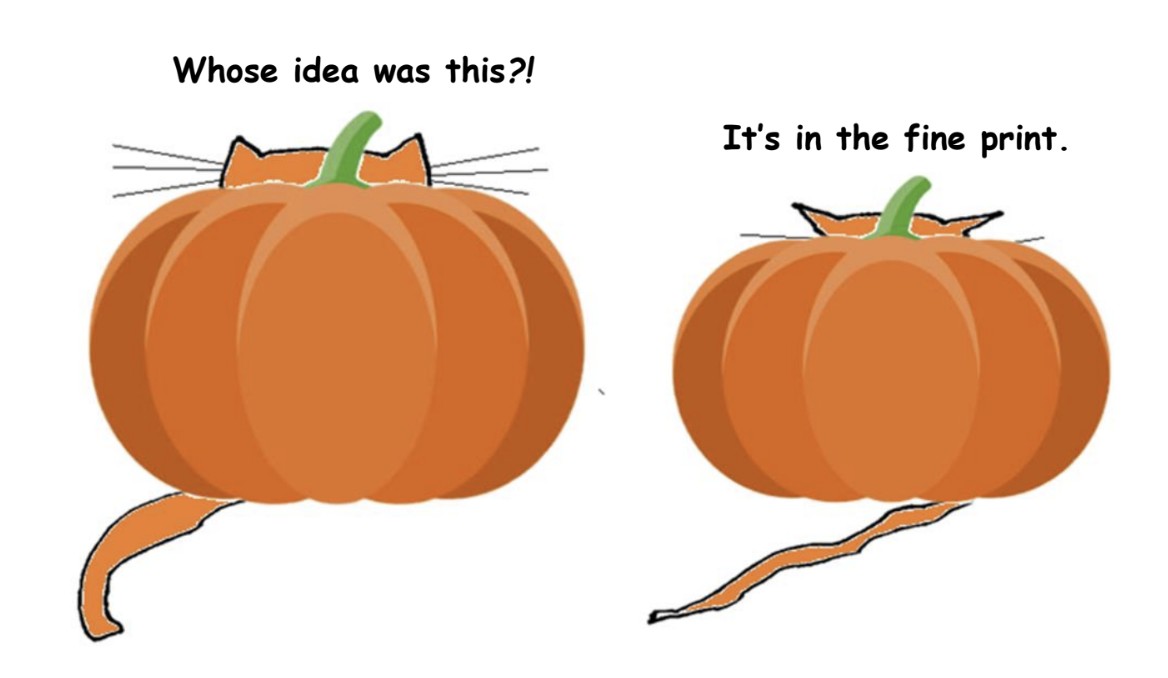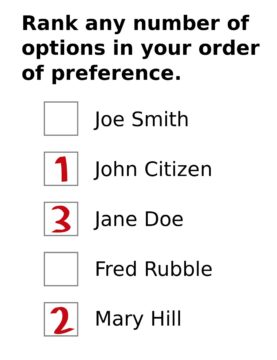Sara Lippincott at Edge.org:
 I got out of Wellesley in 1959, shortly after Lolita got out of Paris. Vladimir Nabokov’s Lolita. (Na-bwak-awf: a trip down the stairs with a loud bump and a glorious sprawl at the bottom.) I fell in love with it.
I got out of Wellesley in 1959, shortly after Lolita got out of Paris. Vladimir Nabokov’s Lolita. (Na-bwak-awf: a trip down the stairs with a loud bump and a glorious sprawl at the bottom.) I fell in love with it.
I had majored in English, with a minor in Moby Dick, and now planned to become a full-time poet. So I looked for and found a garret in Cambridge, in a seedy gabled house on Kirkland Street. The third floor—two tiny bedrooms and a hall bath—was shared by me and a young woman of about my own age but not my aspirations who was drinking herself to death.
To support myself while writing poems, I took the first job the Harvard personnel office suggested—as secretary to Dr. Frank Carpenter, a paleoentomologist and recent chairman of Harvard’s Biology Department. The department was quartered in the Bio Labs on Divinity Avenue, an impressive pile whose front entrance was guarded by a pair of giant bronze rhinoceroses. Dr. Carpenter published a bug quarterly called Psyche. Now that he was through with his chairmanship, he wanted to turn more attention to it, and he needed someone who could spell and knew where the commas should go. I’d do fine.
More here.


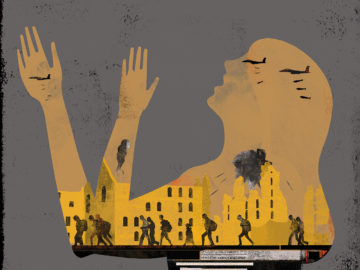
 As
As  I had left my passport at an inn we stayed at for a night or so whose name I couldn’t remember. This is how it began. The next hotel would not receive me. A beautiful hotel, in an orange grove, with a view of the sea. How casually you accepted the room that would have been ours, and, later, how merrily you stood on the balcony, pelting me with foil-wrapped chocolates. The next day you resumed the journey we would have taken together.
I had left my passport at an inn we stayed at for a night or so whose name I couldn’t remember. This is how it began. The next hotel would not receive me. A beautiful hotel, in an orange grove, with a view of the sea. How casually you accepted the room that would have been ours, and, later, how merrily you stood on the balcony, pelting me with foil-wrapped chocolates. The next day you resumed the journey we would have taken together. One of the greatest transformations in the history of life occurred more than 600 million years ago, when a single-celled organism gave rise to the first animals. With their multicellular bodies, animals evolved into a staggering range of forms, like whales that weigh 200 tons, birds that soar six miles into the sky and sidewinders that slither across desert dunes.
One of the greatest transformations in the history of life occurred more than 600 million years ago, when a single-celled organism gave rise to the first animals. With their multicellular bodies, animals evolved into a staggering range of forms, like whales that weigh 200 tons, birds that soar six miles into the sky and sidewinders that slither across desert dunes.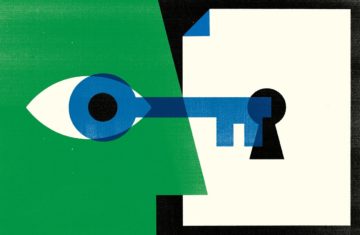 The group behind the radical open-access initiative Plan S has announced its next big plan to shake up research publishing — and this one could be bolder than the first. It wants all versions of an article and its associated peer-review reports to be published openly from the outset, without authors paying any fees, and for authors, rather than publishers, to decide when and where to first publish their work.
The group behind the radical open-access initiative Plan S has announced its next big plan to shake up research publishing — and this one could be bolder than the first. It wants all versions of an article and its associated peer-review reports to be published openly from the outset, without authors paying any fees, and for authors, rather than publishers, to decide when and where to first publish their work.
 In debates about hedonism and the role of pleasure in life, we too often associate pleasure with passive consumption and then complain that a life devoted to passive consumption is unproductive and unserious. But this ignores the fact that the most enduring and life-sustaining pleasures are those in which we find joy in our activities and the exercise of skills and capacities. Most people find the skillful exercise of an ability to be intensely rewarding. Athletes train, musicians practice, and scholars study not only because such activities lead to beneficial outcomes but because the activity itself is satisfying.
In debates about hedonism and the role of pleasure in life, we too often associate pleasure with passive consumption and then complain that a life devoted to passive consumption is unproductive and unserious. But this ignores the fact that the most enduring and life-sustaining pleasures are those in which we find joy in our activities and the exercise of skills and capacities. Most people find the skillful exercise of an ability to be intensely rewarding. Athletes train, musicians practice, and scholars study not only because such activities lead to beneficial outcomes but because the activity itself is satisfying.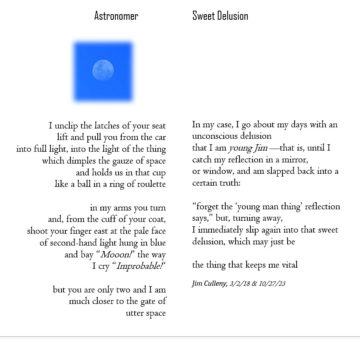
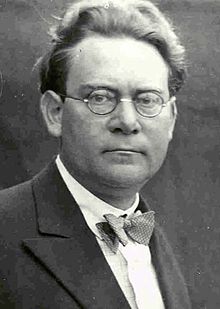

 I’m excited about the imminent Halloween publication date of
I’m excited about the imminent Halloween publication date of 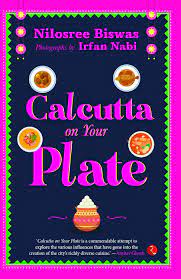 South Asian literature. As part of this, I was delighted to be sent
South Asian literature. As part of this, I was delighted to be sent 